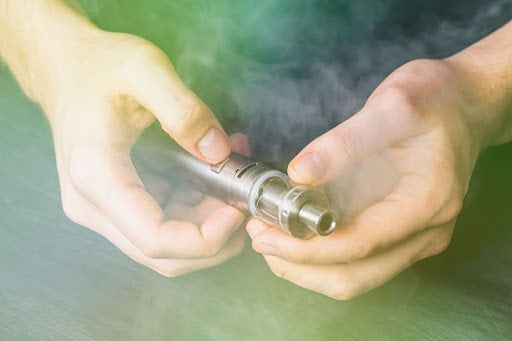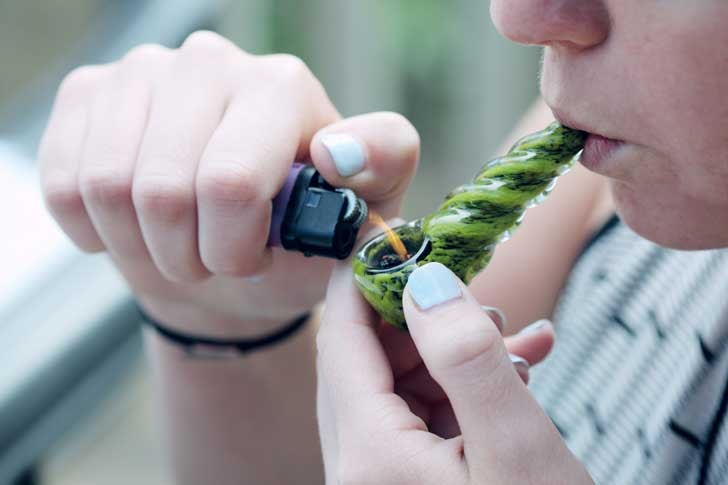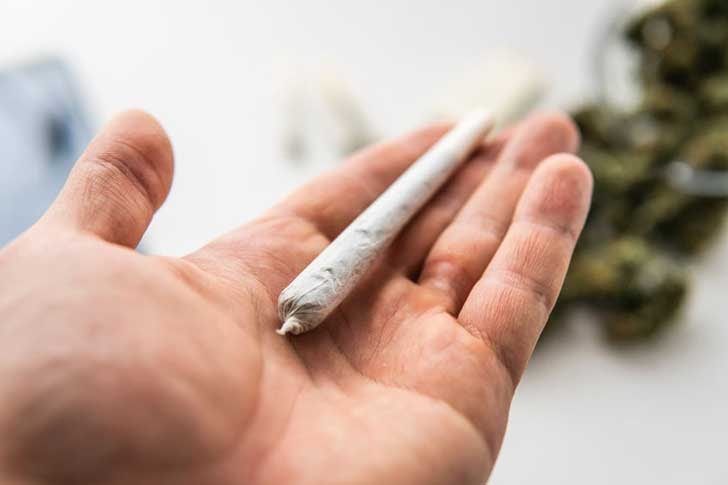The transdermal delivery of cannabis works by allowing cannabinoids to penetrate the skin and enter the bloodstream. Patches containing various ratios of cannabinoids can be placed on the skin, which then releases cannabinoids into the bloodstream. This method of marijuana delivery is less common than smoking and ingestion.
To date, there isn’t much research published on the transdermal delivery of cannabinoids. As a whole, transdermal delivery has been shown to have several advantages over oral delivery methods, including prolonged drug release duration, potentially increased bioavailability, and improving patient compliance.
What is transdermal delivery?
The transdermal delivery of cannabis involves using the skin as a gateway for cannabinoids to reach the bloodstream. The name “trans” means “through” and “dermal” comes from the Greek word for skin. One common way for cannabis to be administered transdermally is with a patch (similar to a nicotine patch used for smoking cessation). Body heat activates the patch, which allows cannabinoids to be released through the skin and into the bloodstream.
Benefits and uses of transdermal cannabis?
In one review of transdermal drug administration, several advantages over methods such as oral delivery were noted:
- Transdermal patches can be removed easily by a patient when side effects occur
- Transdermal delivery avoids degradation of the drug in the gastrointestinal tract, compared to oral delivery methods
- Transdermal delivery maintains drug levels in the blood for a prolonged period of time

Bioavailability
According to a 2007 study, the bioavailability of marijuana when inhaled ranges between 2-56%. The same study concluded that cannabis that is ingested has a 2-20% bioavailability. Transdermal delivery bypasses the first-pass metabolism of cannabinoids, which may lead to higher bioavailability percentages compared to oral and inhaled methods.
Keep in mind that research on specific bioavailability percentages of cannabinoids compared to oral or inhaled delivery methods is lacking. We do, however, have research showing the average bioavailability percentage of other drugs such as nicotine delivered through transdermal methods. In a clinical study on 11 subjects, it was estimated that the average transdermal nicotine bioavailability was 82%. Research on cannabis transdermal delivery has not yet confirmed whether it would be as high (or low) as the 82% bioavailability seen in nicotine. The only clinical studies on cannabinoids and transdermal delivery were on rodents.
Want to know which cannabis consumption method is right for you? Answer a few simple questions to find out:
Drug release duration
Transdermal delivery also offers the advantage of allowing a drug to be delivered over a prolonged period of time since the release of cannabinoids into the bloodstream can be controlled through patch delivery. The controlled delivery of transdermal methods may, therefore, minimize the adverse effects of high drug peak concentrations and increase patient adherence. Whether this advantage of transdermal delivery also applies to cannabis is currently unknown.
Due to the prolonged effects of transdermal delivery, it may work well for patients using medical marijuana for conditions like chronic pain which causes symptoms throughout all hours of the day and night. To achieve similar results with ingestion and especially inhalation, small and frequent doses would be necessary to maintain the consistent pain-relieving effects of cannabinoids.
Other medications delivered transdermally
According to a 2008 review on transdermal drug delivery, multiple transdermal delivery systems exist for drugs such as:
- Nicotine patches to help with smoking cessation
- Fentanyl to help relieve pain
- Clonidine to treat high blood pressure
- Testosterone replacement therapy
- Combination patches for contraception and hormone replacement
- Parkinson’s medicines which release dopamine
- Birth control hormones are in development with transdermal patches
- Anti-inflammatory medications such as Voltaren Gel for pain and inflammation
Transdermal vs topical
Both transdermal and topical applications are applied to the skin. The key difference between both delivery methods is that transdermal options are specifically created to enter the skin and reach the bloodstream. Topical applications are applied to the skin but primarily act on the skin at the local area on which it’s applied, like a rash. Conversely, transdermal delivery allows the medication to enter the bloodstream and therefore provides relief for systematic conditions such as chronic pain.
Does the research support transdermal delivery?
Preclinical evaluations on the effects of transdermal administration of CBD via gel application on rats for pain relief have proven effective. In one study, rats were given bCBD gels which were applied for four consecutive days after the induction of arthritis. The gel reduced knee-joint swelling, relieved pain, and exerted anti-inflammatory effects without any adverse side effects.
In the same arthritic rat model, the transdermal application of CBD was shown to provide superior absorption than oral administration.
Types of products
The most common cannabis transdermal delivery options marketed are patches. A THC or CBD patch is like a bandage that’s placed on the skin of an area of your body such as your arm or the inside of your wrist. Body heat activates the patch and cannabinoids are released through the skin into the bloodstream.
Patches are available in a range of isolated cannabinoids such as CBN, CBD, THC, and THCA. Patches also come in different ratios of these cannabinoids which gives patients the choice of which patch to use based on their desired therapeutic effects and recommendations by their doctor.
Sign up for bi-weekly updates, packed full of cannabis education, recipes, and tips. Your inbox will love it.

 Shop
Shop Support
Support


















